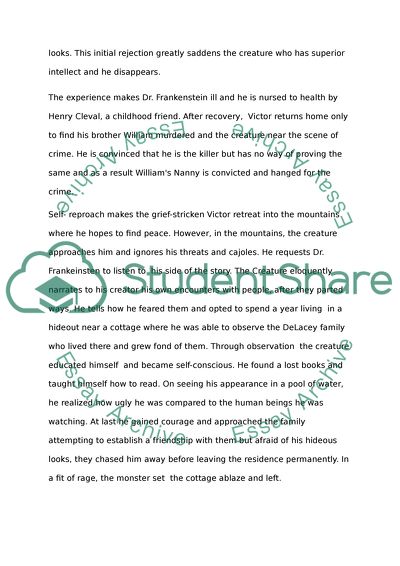Cite this document
(“Mary Shelley's Frankenstein Movie Review Example | Topics and Well Written Essays - 2500 words”, n.d.)
Retrieved from https://studentshare.org/literature/1403054-frankenstein
Retrieved from https://studentshare.org/literature/1403054-frankenstein
(Mary Shelley'S Frankenstein Movie Review Example | Topics and Well Written Essays - 2500 Words)
https://studentshare.org/literature/1403054-frankenstein.
https://studentshare.org/literature/1403054-frankenstein.
“Mary Shelley'S Frankenstein Movie Review Example | Topics and Well Written Essays - 2500 Words”, n.d. https://studentshare.org/literature/1403054-frankenstein.


